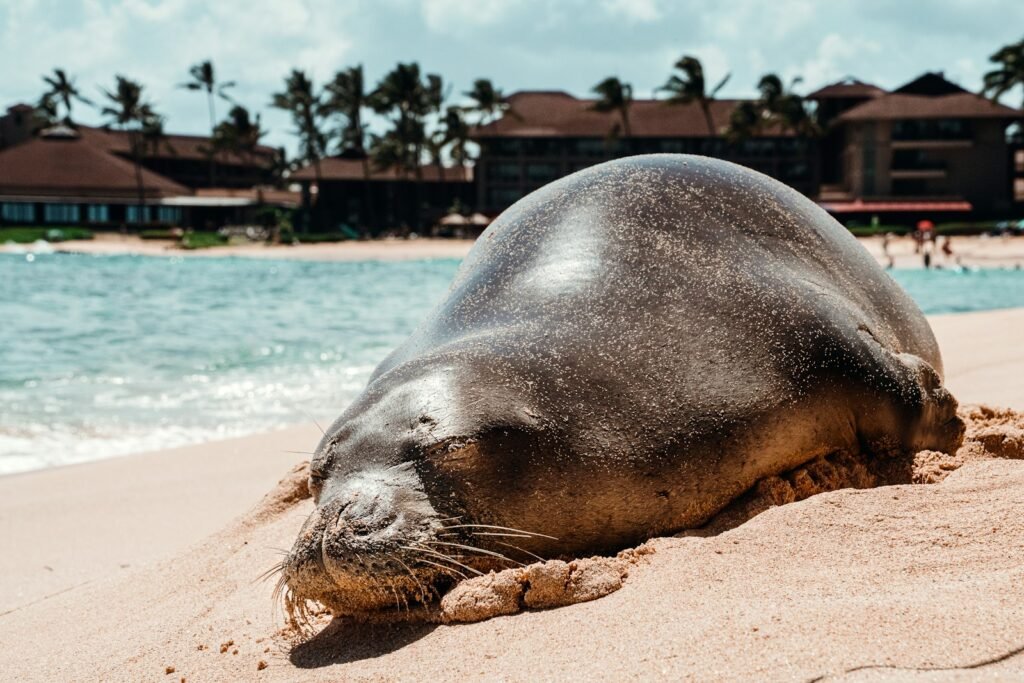The ocean is getting noisier, and whales are responding with a tactic as old as conversation itself: they’re raising their voices. Across busy shipping lanes and near industrial coasts, hydrophones are catching songs that push harder against a wall of human-made sound. Scientists call it acoustic adaptation, a survival strategy in which animals modify their calls to be heard over the din. It’s not a simple story of volume knobs turning up; it’s a mosaic of timing shifts, pitch tweaks, and route changes through a crowded acoustic city. The result is a quiet drama in plain hearing – an evolutionary arms race playing out at the speed of sound.
The Hidden Clues

What happens when the sea starts to sound like a freeway at rush hour? Whales don’t just shout; they strategize, slipping their calls into brief lulls between propeller beats and surf noise. In recordings, you can hear the pattern: a pause, a swell of engines, then a sudden, silky note threading the gap. Sometimes the same phrase repeats with a slightly stronger push, the audio equivalent of leaning closer to be heard. These are the breadcrumbs biologists follow to reconstruct the rules of underwater conversation.
I remember a fog-soaked morning off New England when the soundscape felt crowded, even with no boats in sight. On the spectrogram, the ship hum rolled in like a low gray cloud, and then a right whale call bloomed above it, just a hair louder than before. The timing wasn’t random; it was tactical, like a musician fitting a solo into a tight bar of music. That subtle shift told a bigger story: hearing is currency, and the budget is tight. Once you notice it, you can’t unhear the choreography.
From Ancient Tools to Modern Science

Early ocean listening relied on clunky naval hydrophones and reel-to-reel tapes, more detective novel than dashboard. Today, the sea bristles with digital ears: fixed buoys, cabled observatories, drifting gliders, and even seafloor nodes that wake up when a song passes by. Machine-learning models scan those streams for species signatures, flagging patterns faster than any human could scroll. With each dataset, researchers can ask new questions about behavior, seasonality, and the subtle ways calls morph as noise swells and ebbs. It’s like moving from a single microphone in a stadium to a thousand mics, each catching a different angle of the same performance.
That upgrade matters because ocean noise changes by the hour and by the mile. A tanker convoy one day, a storm the next, and then a quiet spell that lets low notes travel for astonishing distances. By stitching together these snapshots, scientists map not just where whales are, but how they endure the shifting acoustic weather. The result is a living atlas of decisions whales make under pressure. Those decisions – speak now, speak louder, or stay silent – add up to survival.
The Lombard Effect Underwater
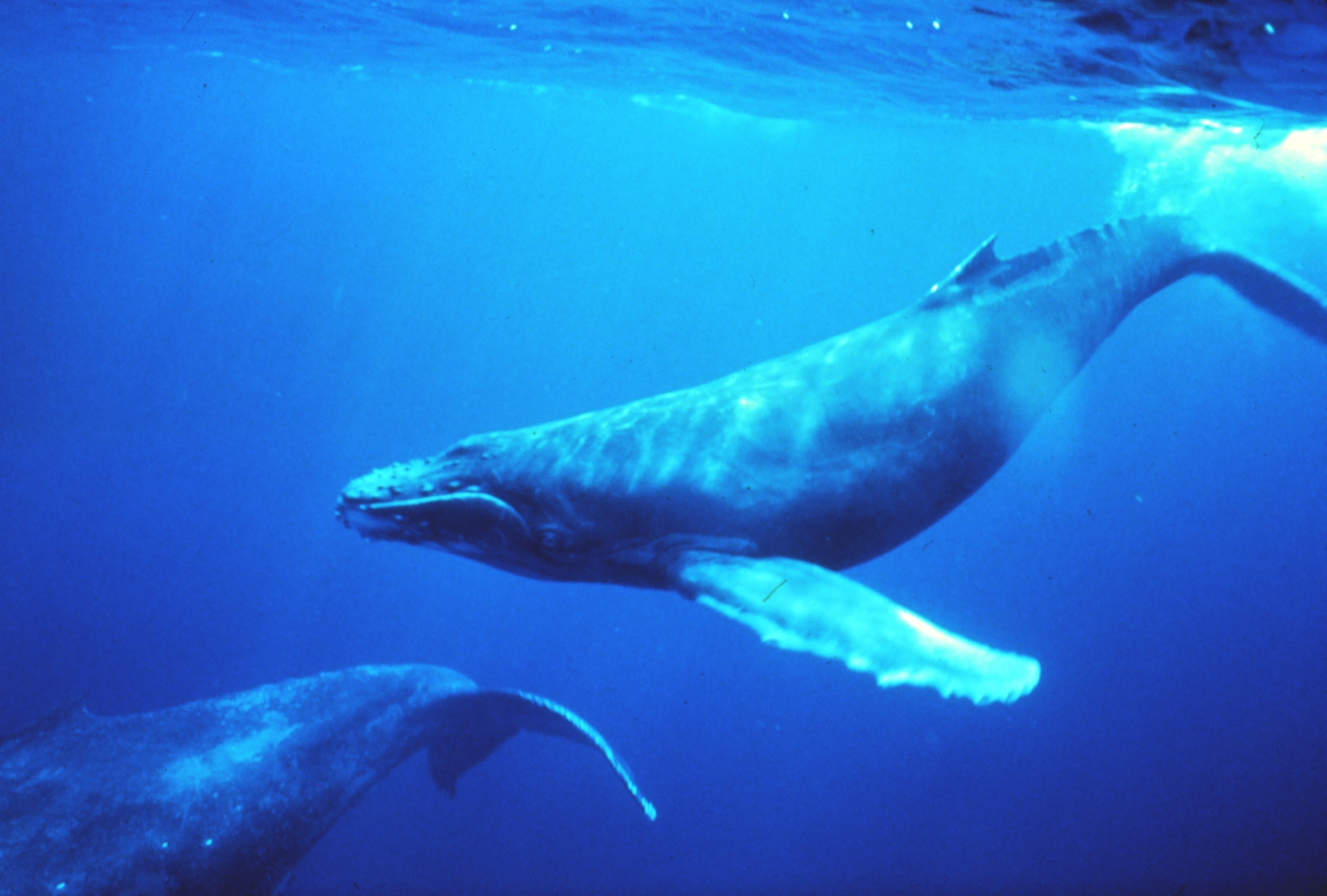
Humans naturally raise their voices in a noisy room, and whales do too – a phenomenon known as the Lombard effect. Studies across several species have documented higher call levels in louder conditions, along with tweaks to duration and rhythm that help signals punch through interference. Some whales push their voices into clearer frequency bands when low notes get swallowed by engines, much like a singer sliding from baritone to tenor. Others elongate certain phrases or strip ornamental flourishes, slimming songs down to what carries best. It’s improvisation with evolutionary stakes.
But louder isn’t free. Producing powerful calls costs energy, and chronic noise can turn communication into an expensive habit. There’s also the risk of masking subtle cues – those fine-grained details that matter for courtship or coordinating calves. Think of it as switching from conversation to hollering; you’ll be heard, but nuance suffers. Over time, that loss of nuance can ripple through populations in ways we’re only beginning to measure.
The Noise We Made

Most of the racket comes from us: commercial shipping, industrial activities, and coastal construction that pump low-frequency sound across enormous distances. Propellers generate cavitation bubbles that collapse with sharp snaps, while engines add a continuous hum that piles up into an acoustic fog. Offshore projects and seismic surveys contribute bursts and rumbles that can stretch for miles, rearranging how sound travels through layers of water. Even as storms and waves add natural texture, the human signature often sets the baseline in busy regions. The backdrop that whales must overcome has grown thicker in many corridors of the sea.
And the ocean is not uniform. Narrow straits channel noise like a megaphone, whereas remote basins can still carry whispers. Seasonal traffic swings shift the pressure, creating moving targets for migrating whales. The net effect is a patchwork of soundscapes that reward adaptability and punish fixed routines. That’s exactly where acoustic adaptation becomes a lifesaving skill.
Why It Matters

Communication range is the invisible border that defines whale society: mates must find each other, mothers must keep contact with calves, and groups must coordinate travel and foraging. Raise the background noise, and those borders shrink, forcing whales to choose between shouting, repeating, or giving up. Energy spent broadcasting is energy not spent feeding or nursing, a trade-off that can drag on survival and reproduction when noise is relentless. It also increases the odds of missed messages at crucial moments, like avoiding ships or synchronizing dives. This isn’t just an animal-welfare issue; it’s an ecosystem function issue.
Compared to traditional conservation metrics – habitat maps, population counts, fishing limits – sound can seem slippery. But it’s as tangible as temperature to a species that lives by hearing. Noise can redraw habitat lines without moving a single rock, silently erasing corridors that once connected distant groups. If we ignore that, we miss the mechanism that ties human commerce to whale demographics. In short, the soundtrack shapes the storyline.
Global Perspectives
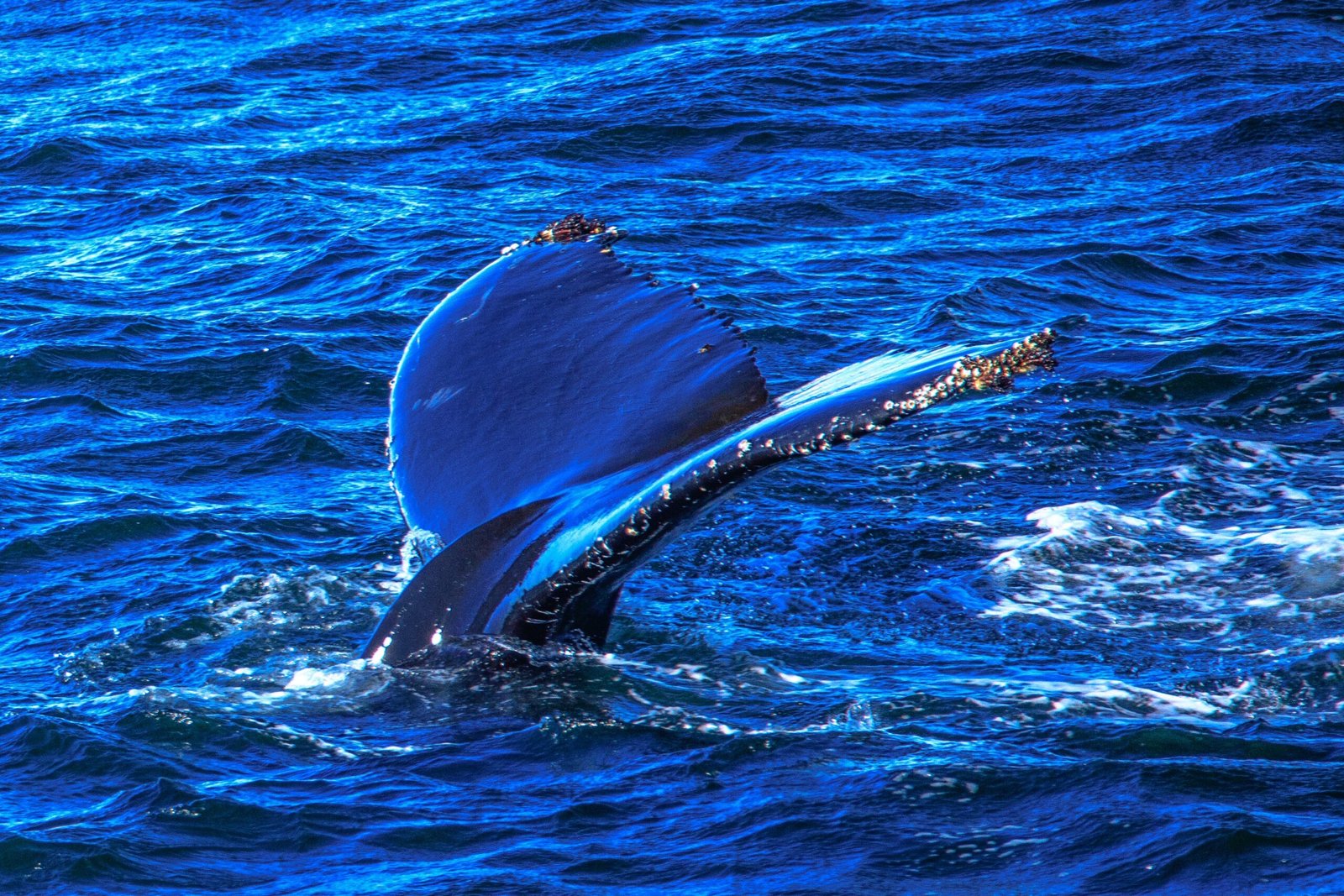
In the North Atlantic, shipping lanes intersect with migration routes, and whales volley back with stronger calls during busy seasons. In parts of the Pacific, vast distances and deep channels let low notes travel far, but heavy traffic near ports still compresses the usable airwaves. The Arctic, newly accessible as seasonal ice thins, faces a rapid rise in vessel noise through places that long acted as acoustic refuges. Coastal regions with thriving whale tourism must balance economic benefits with operational choices that keep sound down. The story is local everywhere, yet connected by the same physics.
Policy experiments hint at what helps. Slower ship speeds cut propeller cavitation and reduce strike risk, a two-for-one for conservation and safety. Hull and propeller retrofits can dampen low-frequency output, while routing measures steer traffic away from hotspots during sensitive periods. Even modest reductions in baseline noise can restore surprising communication range, like turning down a car radio and suddenly hearing your passenger again. It’s a reminder that practical steps can amplify biology.
The Future Landscape
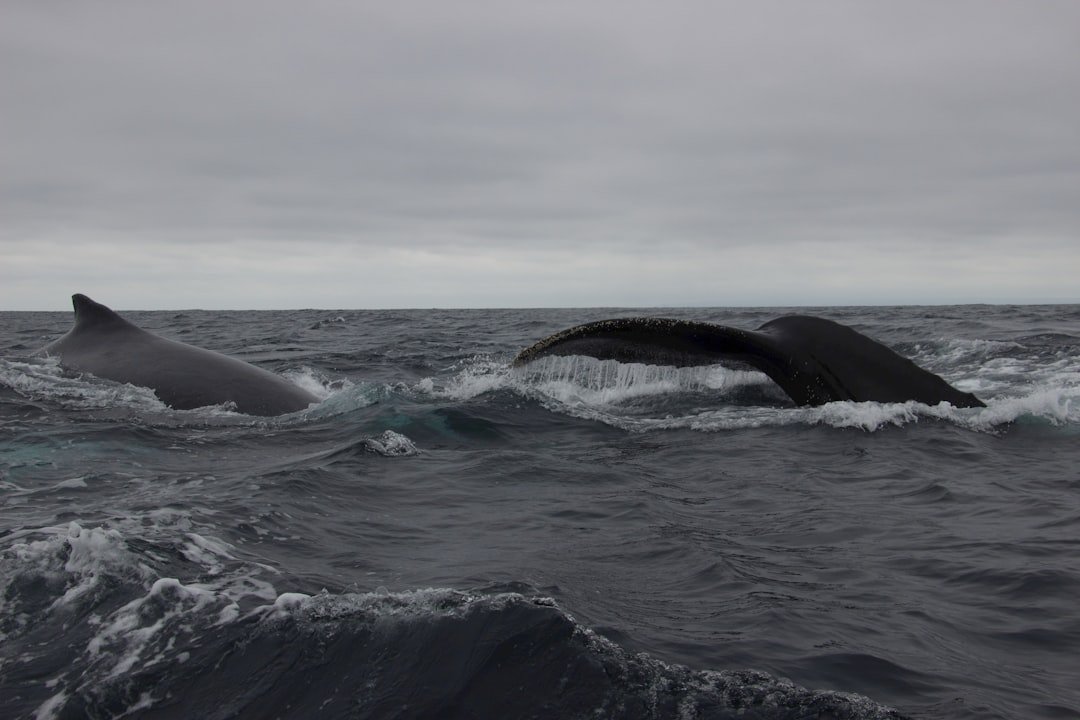
The toolkit is getting smarter: next-generation propellers, air-lubrication systems, and optimized hull forms promise quieter passages without sacrificing efficiency. Real-time detection networks already ping alerts when whales are present, enabling dynamic slowdowns that reduce both noise and collision risk. Offshore construction is experimenting with noise-dampening methods – bubble curtains, vibro-piling, and seasonal timing – to blunt the loudest phases. Meanwhile, portable recorders and autonomous drones expand listening coverage at lower cost, feeding data into models that forecast when and where mitigation matters most. Prevention by prediction is becoming a real strategy.
Challenges remain. Global trade keeps growing, and climate-driven shifts may push whales into new corridors just as human activity follows. Not every ship can be retrofitted quickly, and enforcement of voluntary guidelines varies port to port. Data gaps persist in the Southern Hemisphere and in deep pelagic zones where few sensors listen. Still, the arc bends toward a world where acoustic impact is measured, managed, and steadily reduced.
What You Can Do Today
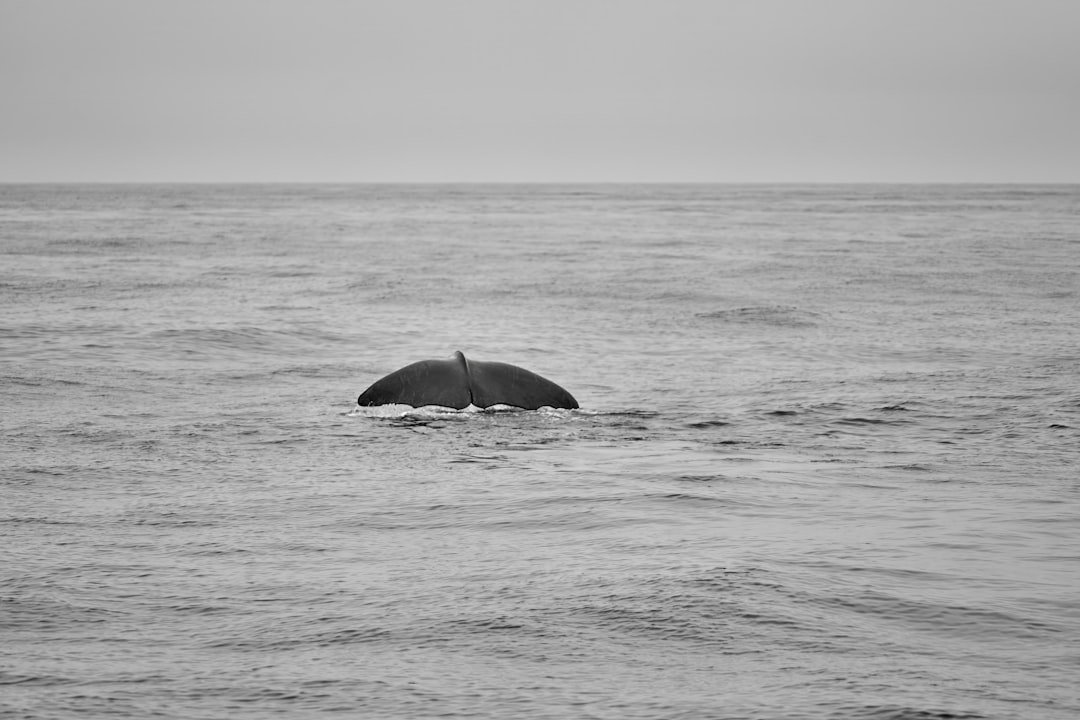
Start local: support ports and ferry operators that adopt speed reductions and quieting upgrades, and tell policymakers you value underwater noise standards alongside air and water quality. When you book coastal trips, choose operators that publish their noise-mitigation practices and respect seasonal routing to avoid sensitive areas. Donate to community hydrophone projects that keep public ears on the sea, and to groups that turn detections into actionable slowdowns. Share the science with friends – one clear explanation can travel further than you think, especially when it connects whales’ survival to choices on land. Small signals add up when enough of us send them.
Most of all, keep listening. The ocean’s story is broadcast in pressure waves, and we’re finally learning to hear our part in the chorus. If whales can adapt in real time, we can too – by designing a quieter blue economy and giving songs room to carry. The next time you stand on a pier and feel a ship’s rumble in your ribs, imagine what it does a hundred miles offshore. Then ask yourself: will we turn the volume down in time?

Suhail Ahmed is a passionate digital professional and nature enthusiast with over 8 years of experience in content strategy, SEO, web development, and digital operations. Alongside his freelance journey, Suhail actively contributes to nature and wildlife platforms like Discover Wildlife, where he channels his curiosity for the planet into engaging, educational storytelling.
With a strong background in managing digital ecosystems — from ecommerce stores and WordPress websites to social media and automation — Suhail merges technical precision with creative insight. His content reflects a rare balance: SEO-friendly yet deeply human, data-informed yet emotionally resonant.
Driven by a love for discovery and storytelling, Suhail believes in using digital platforms to amplify causes that matter — especially those protecting Earth’s biodiversity and inspiring sustainable living. Whether he’s managing online projects or crafting wildlife content, his goal remains the same: to inform, inspire, and leave a positive digital footprint.




